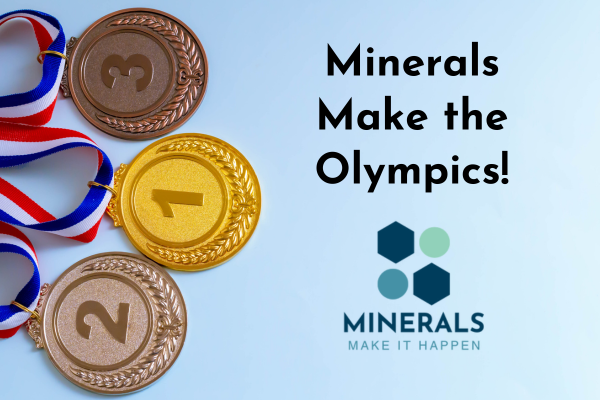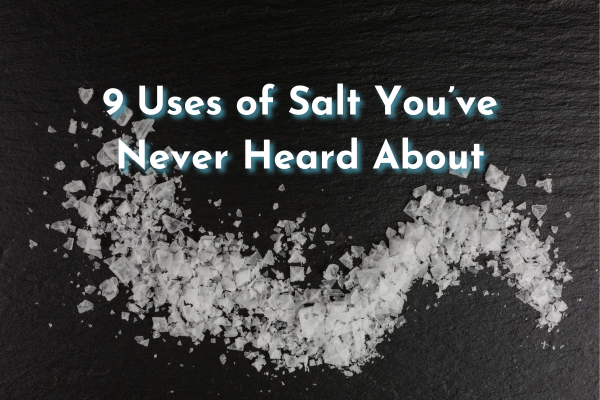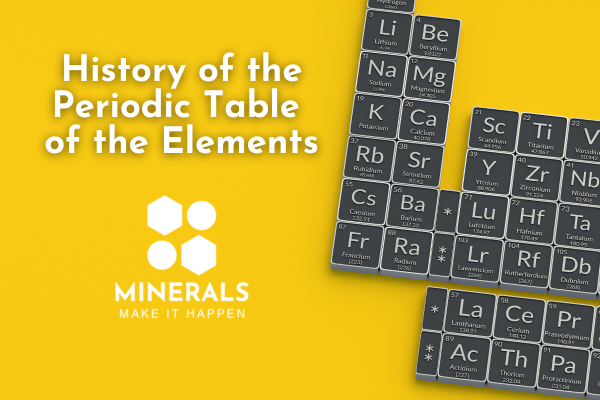July 25, 2024
July 25, 2024

The Olympics are set to begin tomorrow in Paris. I’m ready for the pageantry, the competition, and the glory. And while I’ll be on my couch watching, there is one essential team member the Olympics can’t do without: minerals!
We all know that gold, silver, and bronze are the highlights of the Olympic games and are obviously the minerals that come to mind first and foremost. But did you know that minerals are used across the board during the games? Let’s take a deeper dive into how you can cheer on your favorite athletes and minerals at the same time!
Beach Volleyball
There is no beach without sand, and industrial sand producers are responsible for providing the sand needed to bump, set, and spike! This year, the sand volleyball courts were built under the gaze of the Eiffel Tower, which obviously is not a beach. The sand was sourced from EMA member Sibelco, from their Montgru-Saint-Hilaire sand quarry. And it’s not just any sand – it is extremely fine to give the pitch greater stability. It’s off-white, improving visibility for the players. And it has a high silica content, which doesn’t get as hot, so the players won’t burn their feet.
Fencing
Maybe not the most well-known sport, but we can all recognize those swords. The three types of swords – foil, saber, and epee – are all made from various types of steel or aluminum to give them strength. Steel is primarily made of iron and carbon, but there are traces of nickel, manganese, chromium, and vanadium in them as well.
Swimming
Always a fan favorite at the Olympics, swimming is full of excitement. However, it wouldn’t be as much fun (or as safe) for the athletes if the water wasn’t kept clean. That process starts with the pool’s filtration system. There are three types of filters: sand, diatomaceous earth (DE), and cartridge filters. The small and rough grains of sand and DE are able trap contaminants while allowing clean water to flow through.
Gymnastics
Who’s ready to see Simone Biles bring home some gold for USA? Well, to do so, she’s going to need a little help from the chalk used by gymnasts around the world. Made of magnesium carbonate, the chalk helps dry sweat off their hands and build traction in their grip for when they are flying on the uneven and parallel bars, rings, pommel horse, and the vault!
Tennis
For the first time since the 1992 Olympics in Barcelona, tennis will be played on a clay court this year. Roland-Garros, which is the site of the French Open, will host the Olympic tennis matches. The courts are built using layers of crushed gravel, coal residue, crushed white limestone (known as calcium carbonate), and topped with red brick dust. Clay courts are notorious for being a natural, slippery surface, making them the most physically challenging for the players. Only a true Olympic champion will succeed on clay this year!
This list just scratches the surface of where you’ll find minerals during the Olympic games. While we will be cheering on Team USA, we know that Minerals Make the Olympics Happen!

March 17, 2025

February 7, 2025